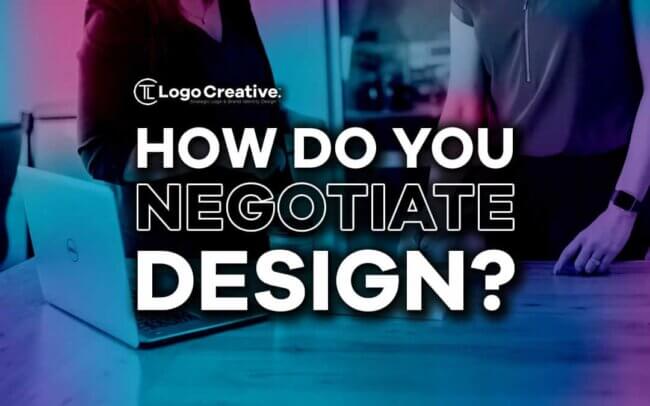Design negotiation plays a crucial role in any creative project. It involves balancing multiple perspectives, priorities, and constraints to create a design solution that satisfies all stakeholders.
This article will explore practical strategies for negotiating design and fostering successful collaboration. Additionally, we will delve into the topic of frequently requested speakers in design, highlighting their value in the negotiation process.
Table of Contents
Understanding Stakeholder Perspectives
To negotiate design effectively, it is essential to understand the perspectives and goals of all stakeholders involved. Identifying their needs, desires, and concerns lays the foundation for meaningful discussions and compromises.
Conducting thorough stakeholder interviews and workshops can help uncover hidden insights and ensure everyone’s input is considered.
Defining Clear Design Objectives
Before diving into negotiations, it is crucial to establish clear design objectives. These objectives should align with the project’s overall goals and be measurable.
A well-defined set of criteria will guide the negotiation process and enable stakeholders to make informed decisions based on the agreed-upon goals.
Active Listening and Empathy
Negotiating design requires active listening and empathy. Each stakeholder brings unique expertise and perspectives to the table. You can build trust and foster collaboration by actively listening and empathizing with their concerns.
This approach encourages open communication and helps find common ground during negotiation.
Building Consensus
In design negotiations, reaching a consensus is often the desired outcome. The agreement ensures that all stakeholders are on board with the final design decisions and committed to their successful implementation.
Facilitating discussions encouraging respectful debate and compromise can help bridge gaps and create an environment conducive to consensus building.
Exploring Alternative Solutions
Negotiating design does not have to be a zero-sum game. Encourage stakeholders to explore alternative solutions that can address different needs and preferences.
Brainstorming sessions or design workshops can generate fresh ideas and encourage stakeholders to think beyond their initial positions. You can find innovative solutions that satisfy multiple perspectives by exploring various options.
Using Data and User Research
Data-driven insights and user research can provide objective evidence to support design decisions during negotiations. By grounding discussions in empirical data, you can make the negotiation process more accurate and reduce the influence of personal biases.
User research, such as surveys or usability testing, can uncover user preferences, needs, and pain points, helping to inform design decisions and support negotiation outcomes.
The Value of Frequently Requested Speakers
Frequently requested speakers in design can play a vital role in negotiations. These speakers bring extensive experience, expertise, and a fresh perspective. Their presence facilitates discussions, provides industry insights, and bridges the gap between stakeholders.
Frequently requested speakers possess excellent communication and mediation skills, which can be invaluable in navigating complex design negotiations.
Conclusion
Negotiating design is a challenging yet essential aspect of any creative project. By understanding stakeholder perspectives, defining clear objectives, practicing active listening and empathy, building consensus, exploring alternative solutions, and utilizing data and user research, you can create a collaborative environment that leads to successful negotiation outcomes.
Additionally, including frequently requested speakers can elevate the negotiation process by bringing valuable expertise and facilitating productive discussions.
By embracing these strategies, you can confidently navigate design negotiations and create exceptional design solutions that satisfy all stakeholders.
Further Reading:
Join The Logo Community
We hope this article about How Do You Negotiate Design? has been helpful. If you would like more personal tips, advice, insights, and access to our community threads and other goodies, join me in our community.
You can comment directly on the posts and have a discussion with Andrew, the Founder of The Logo Creative.
*TIP – We recommend Skillshare to learn online. There are tons of classes for everything including graphic design, web design, marketing, branding and business-related courses. Get a free trial with our link and you won’t regret it Trust us!


